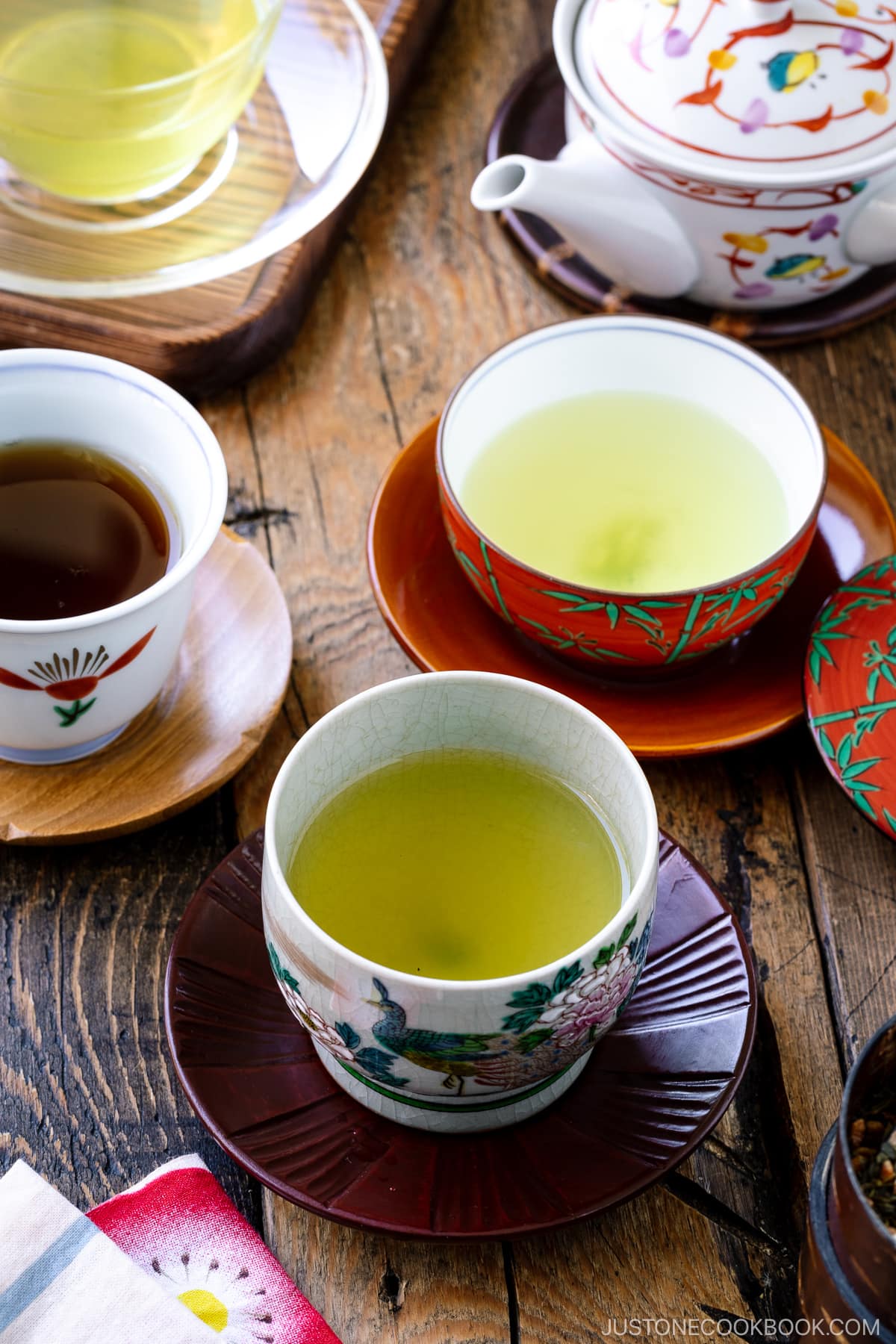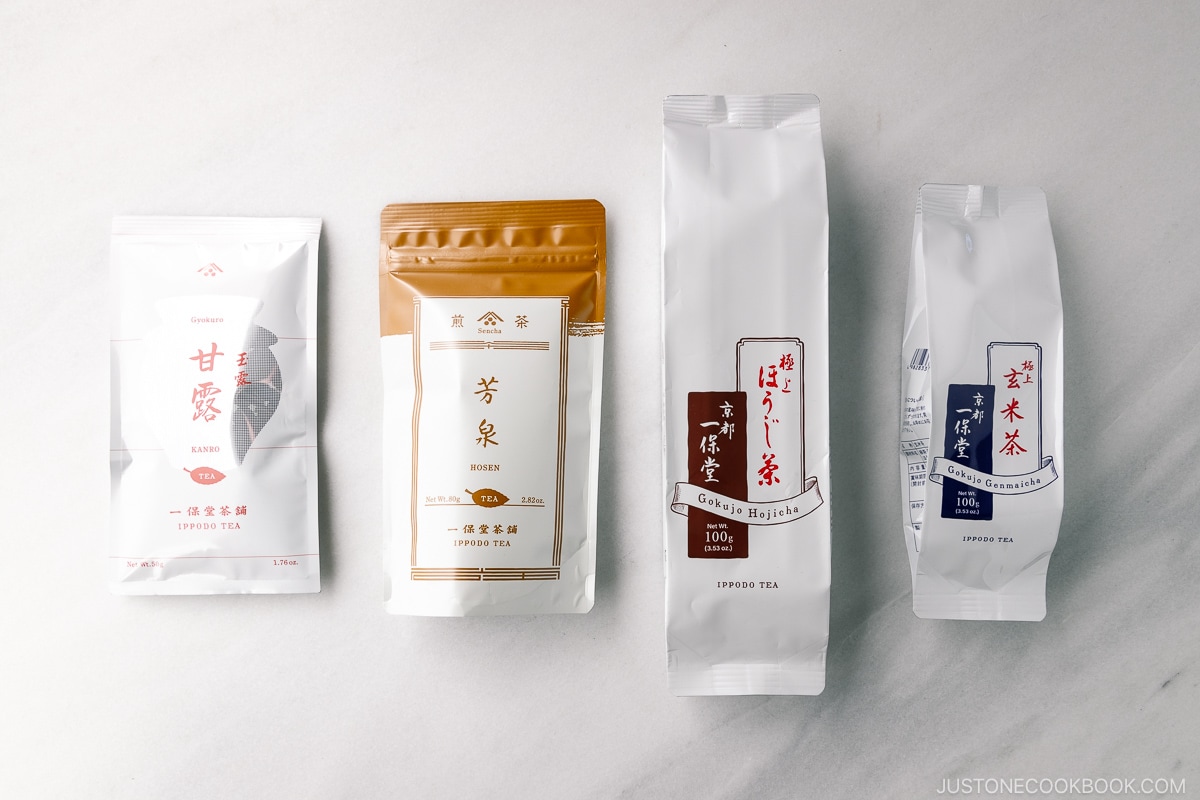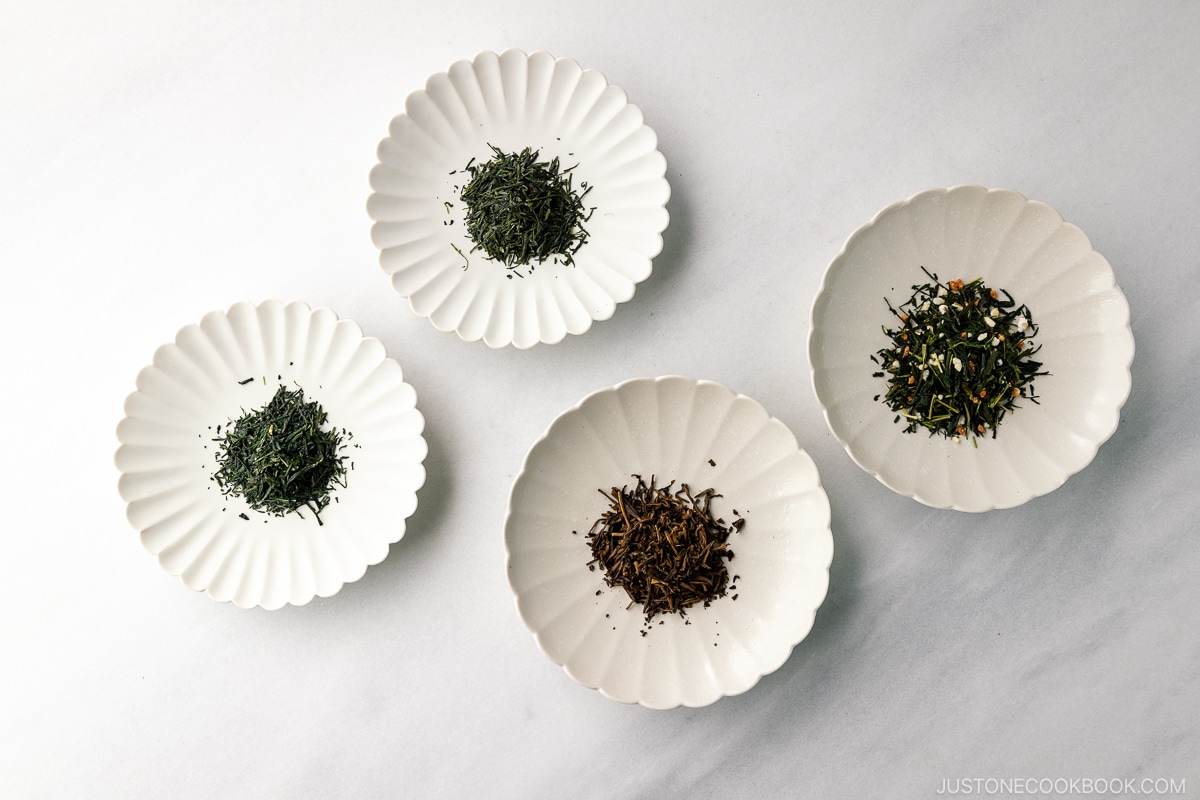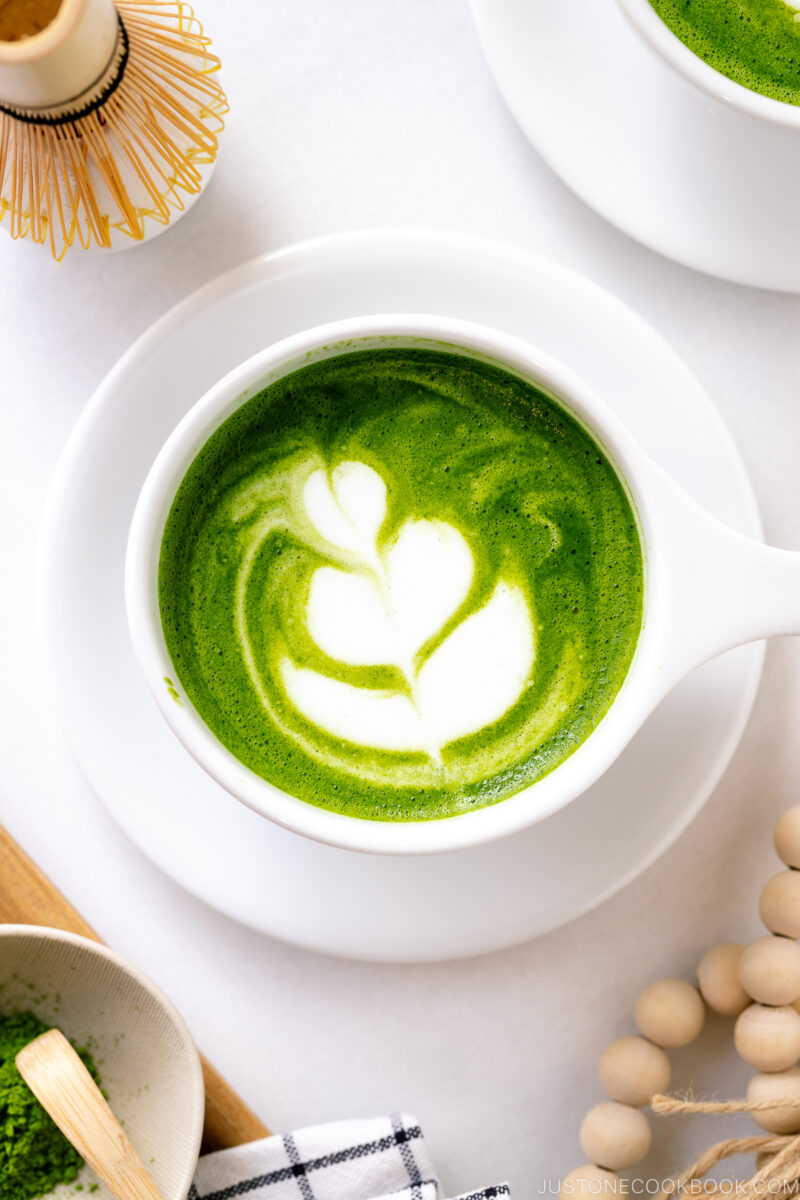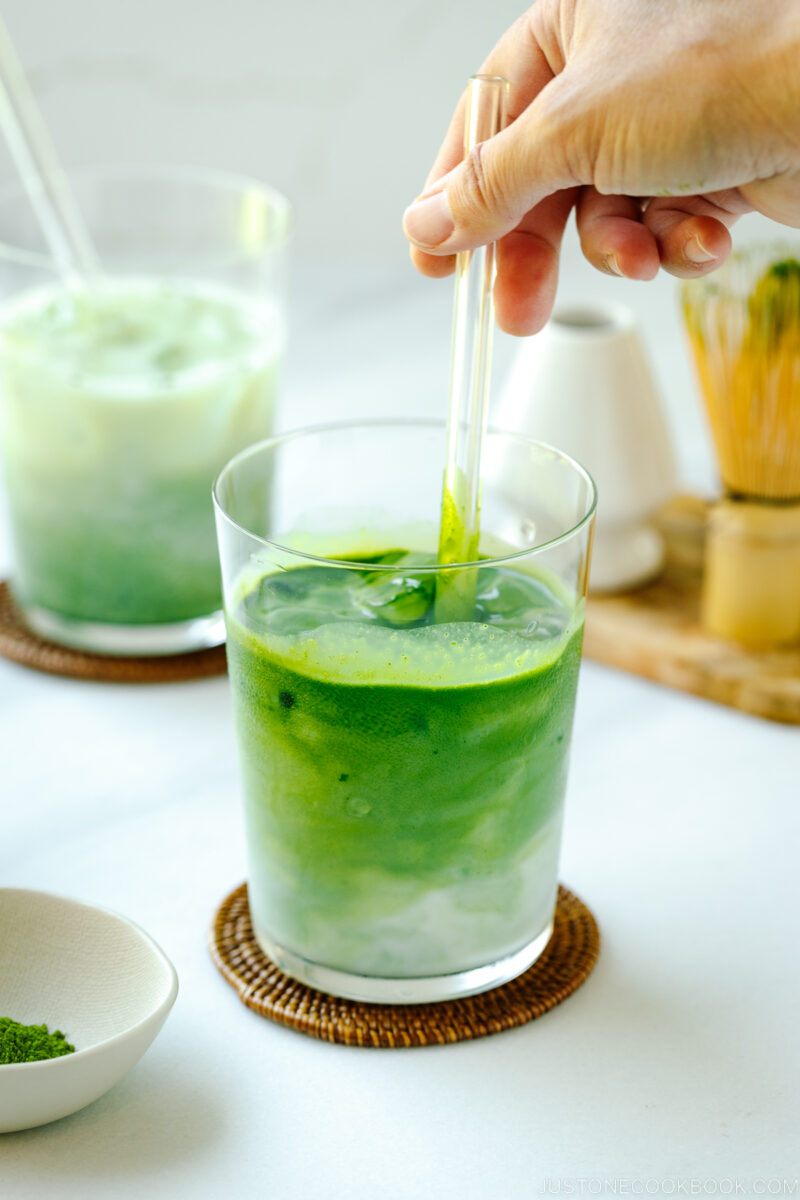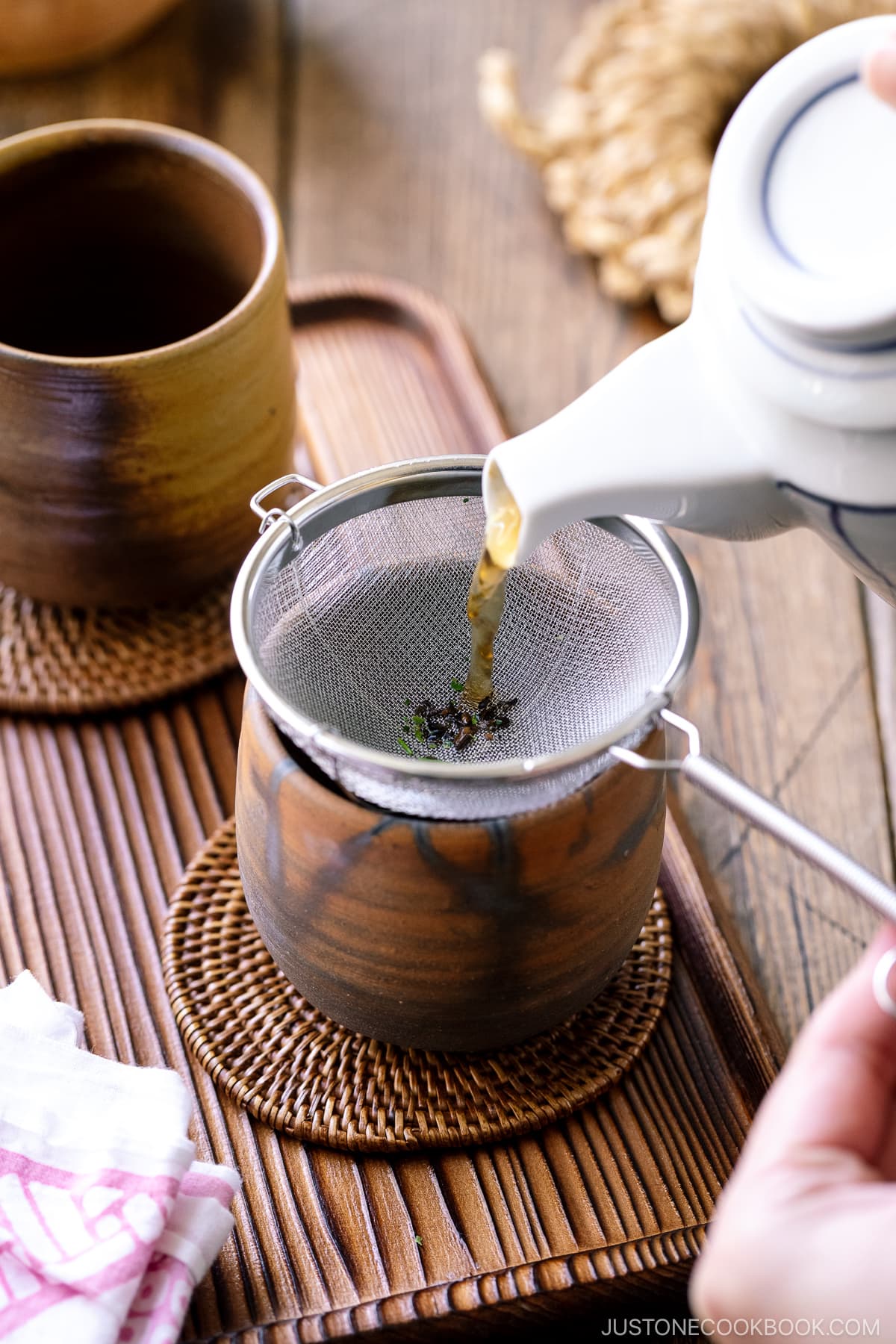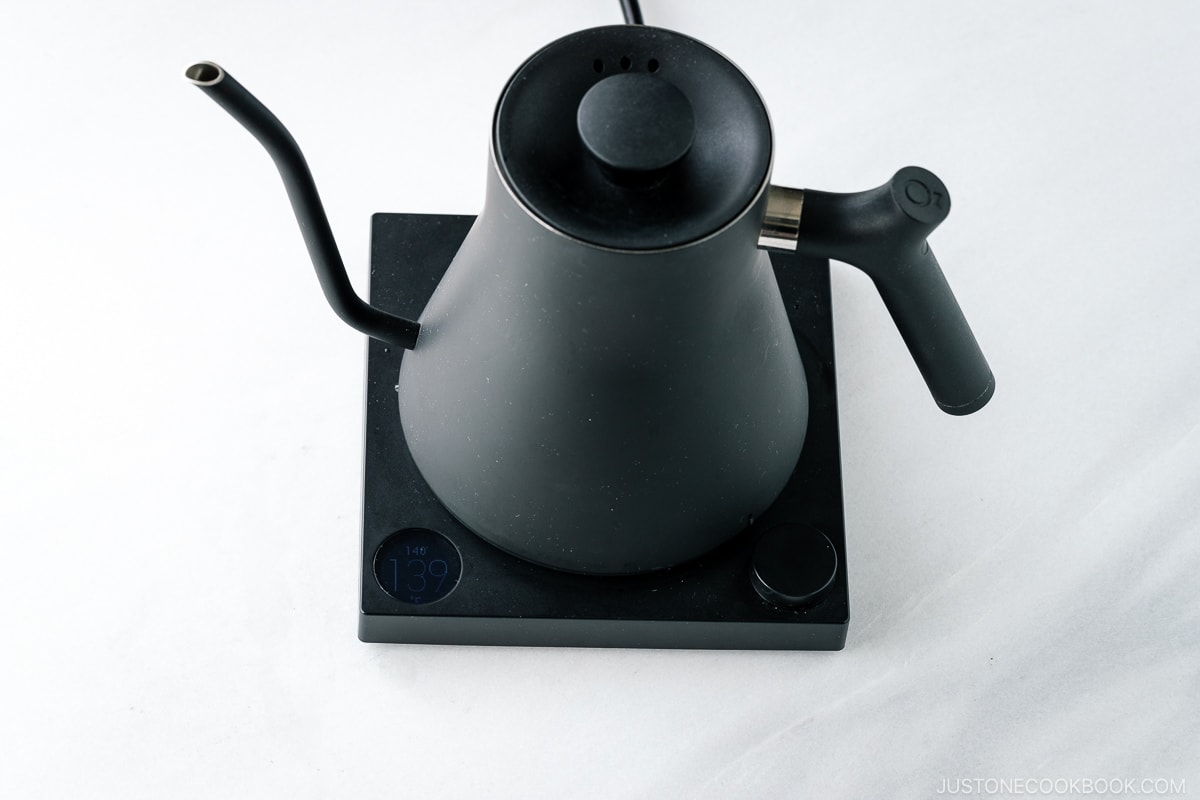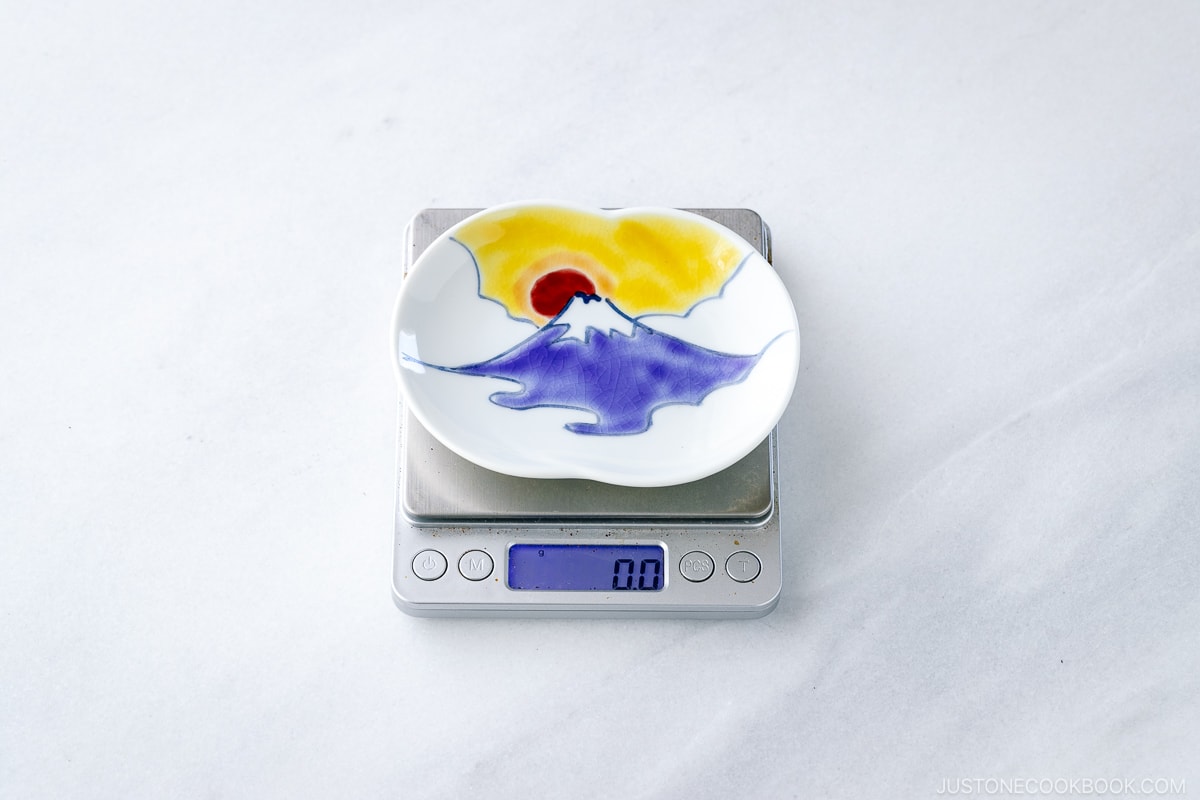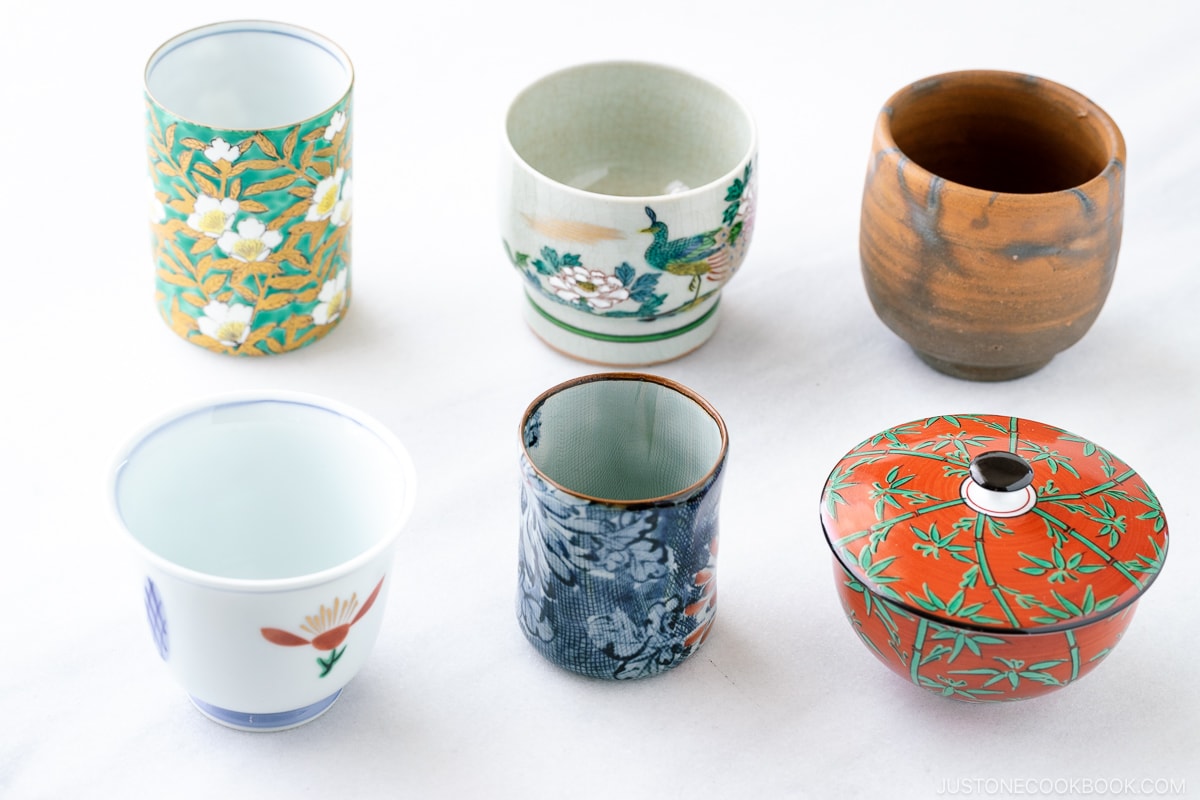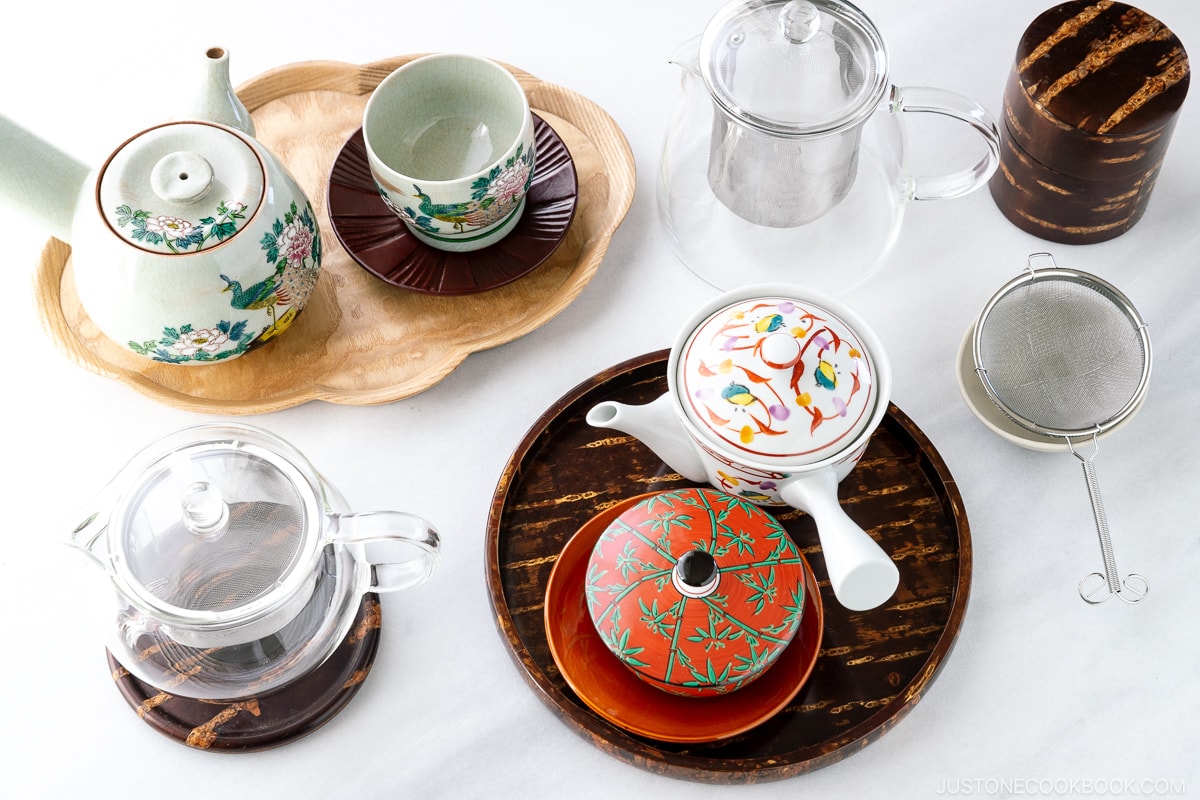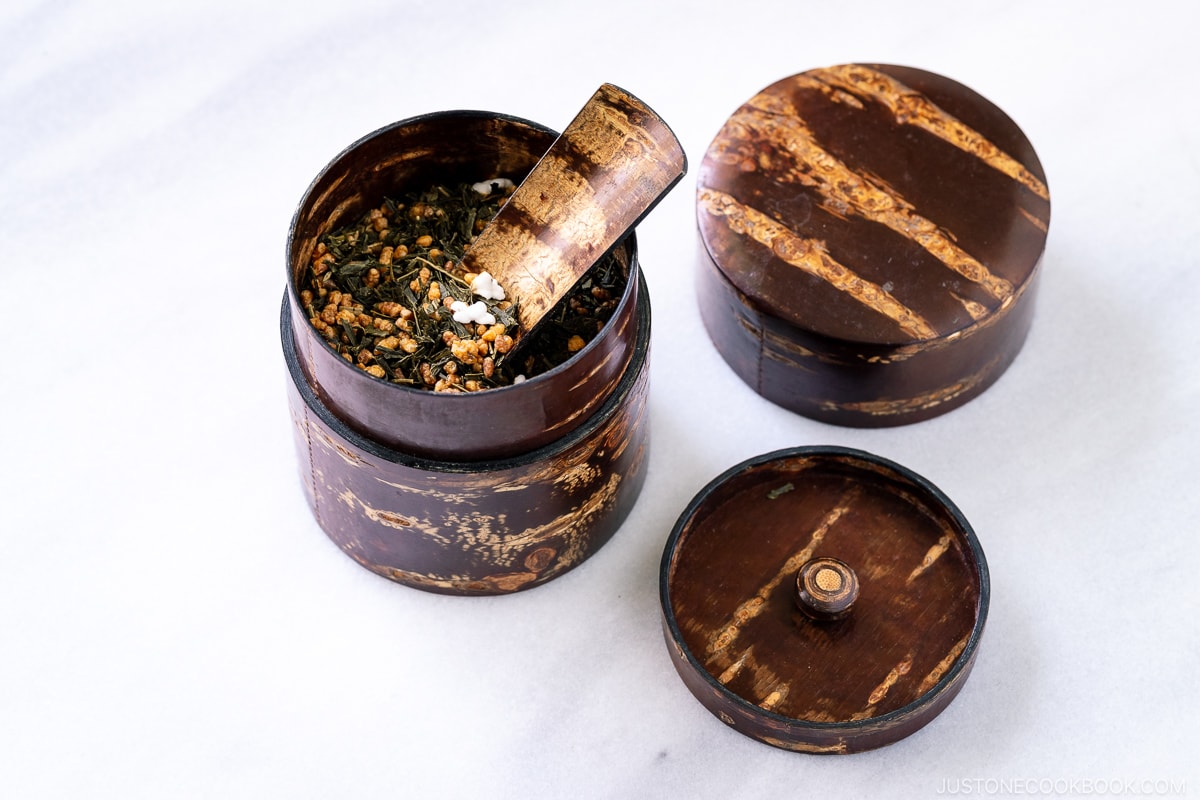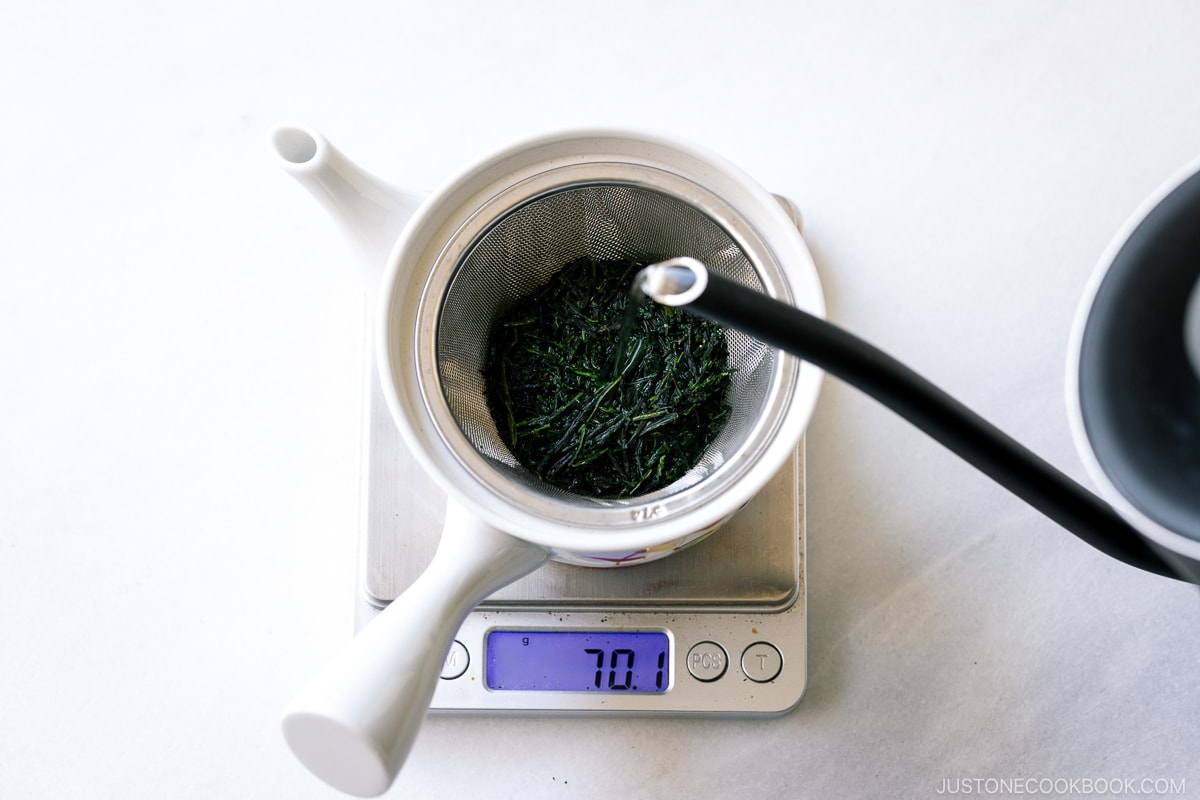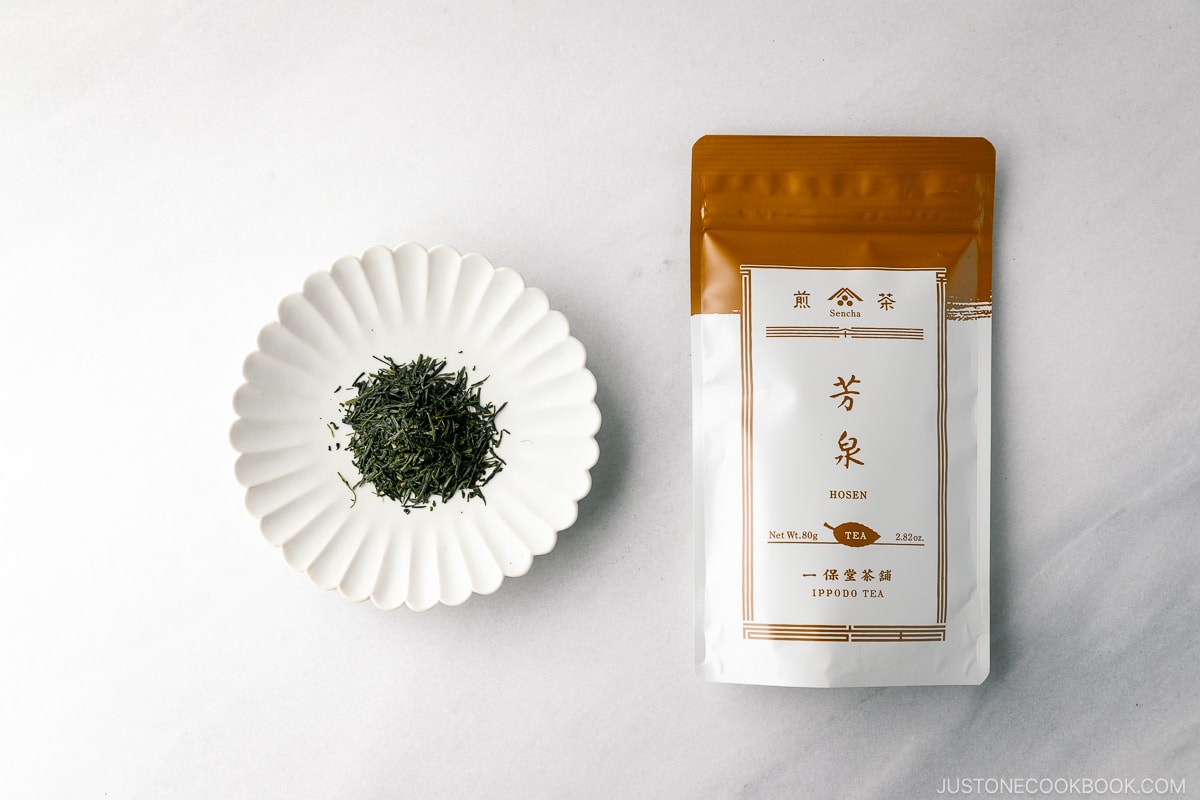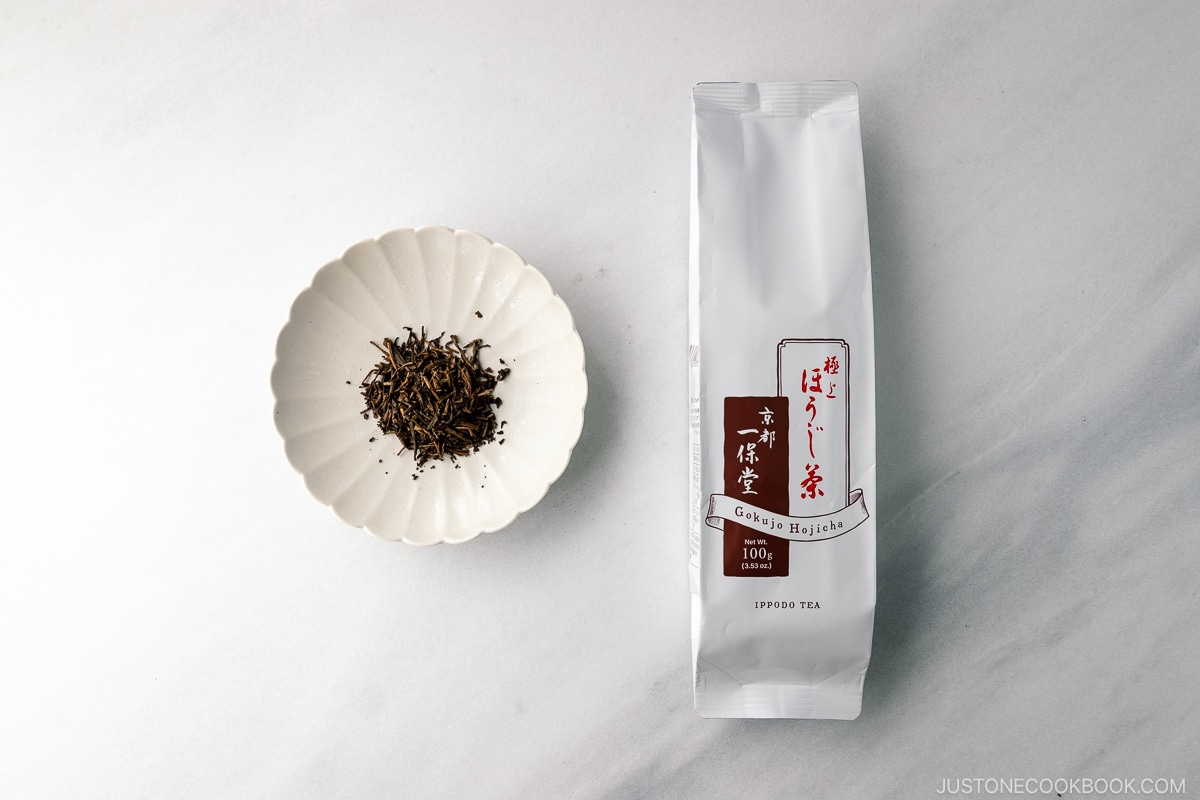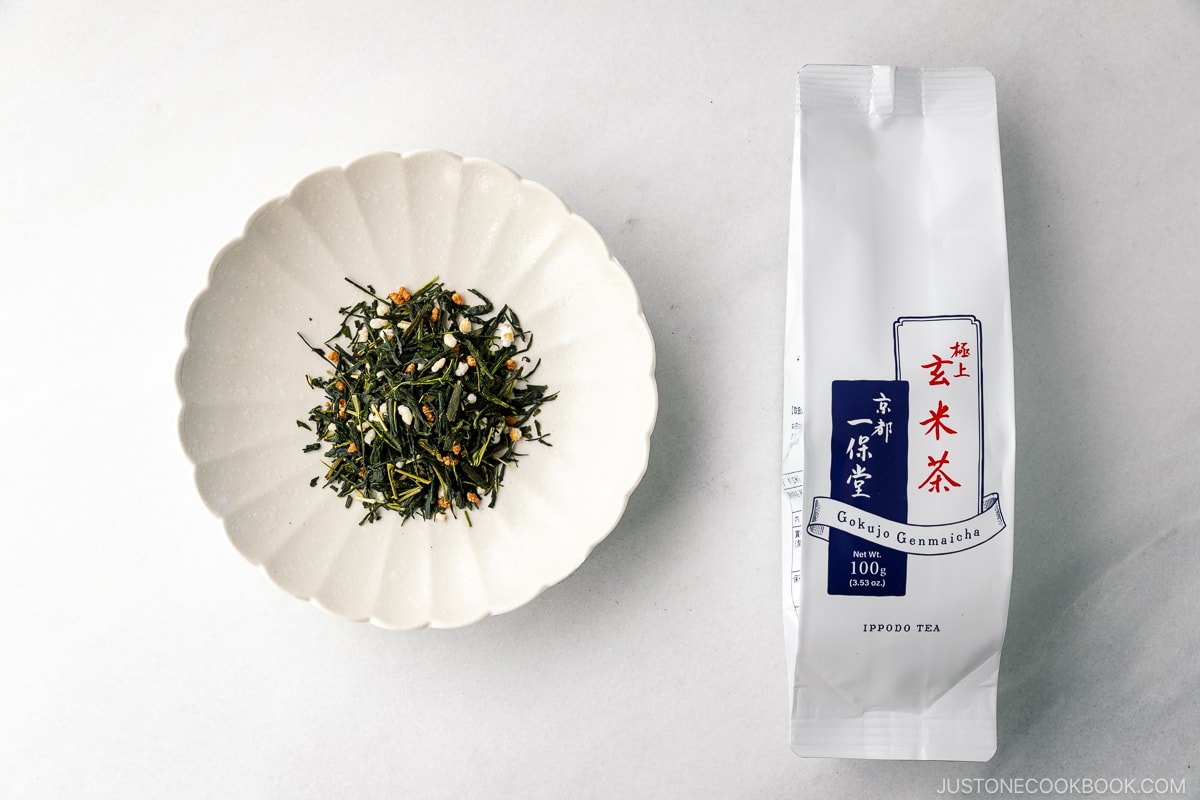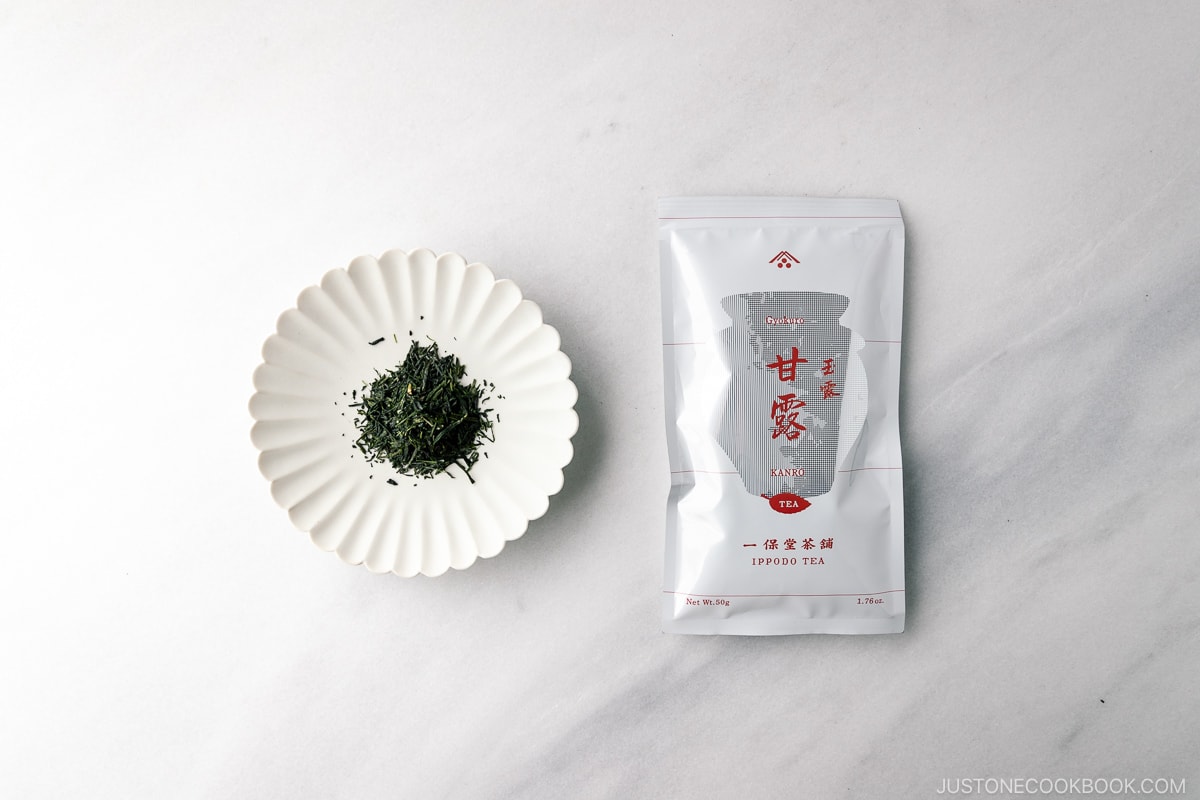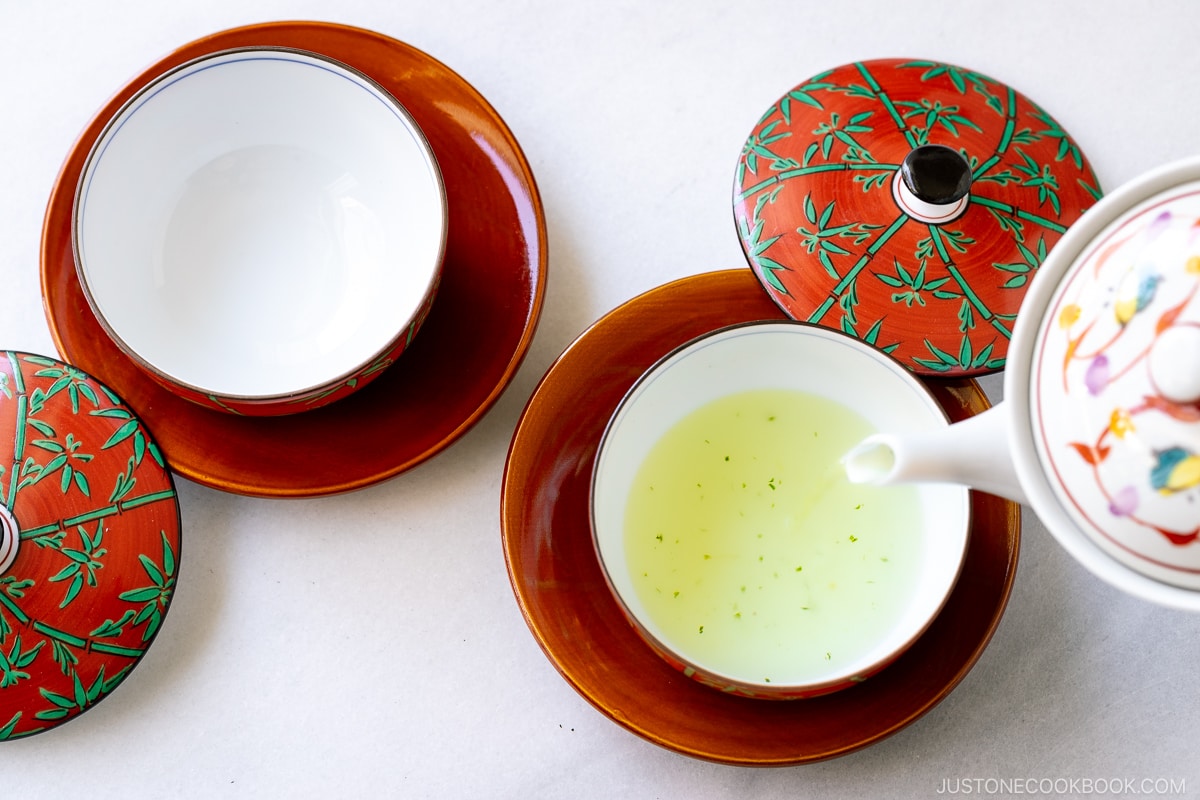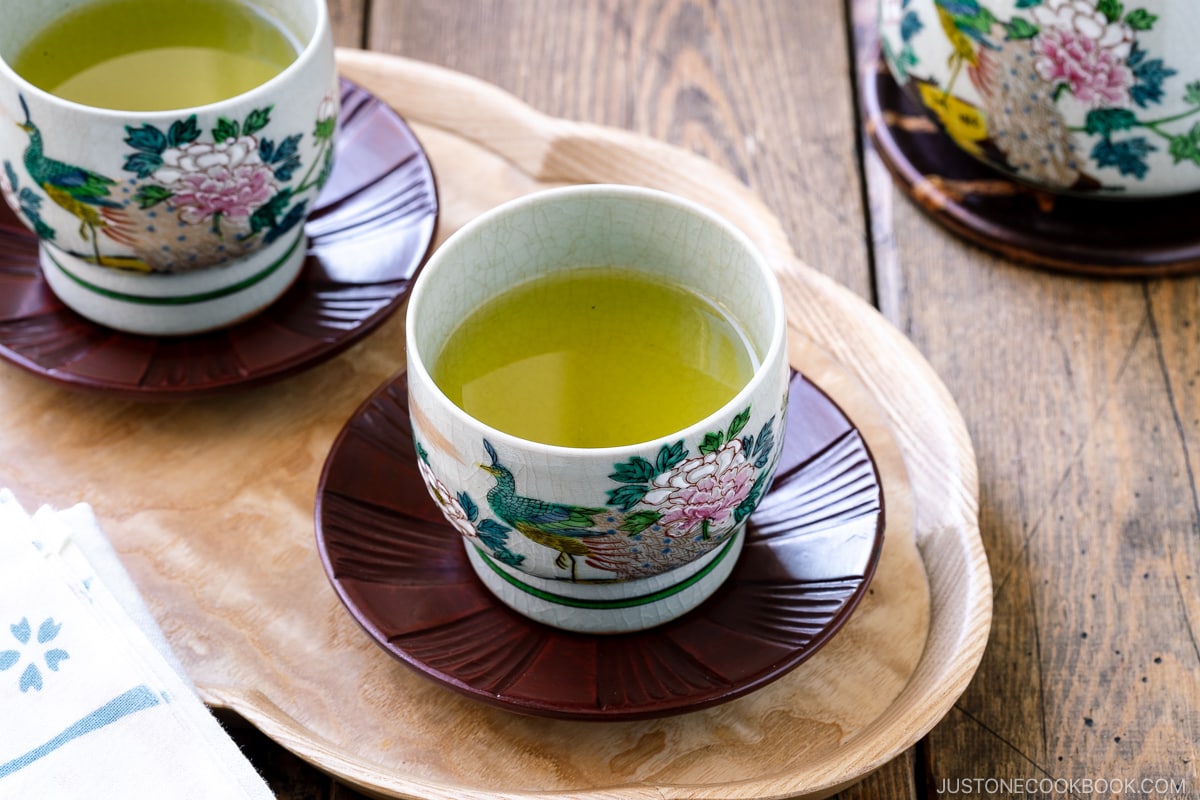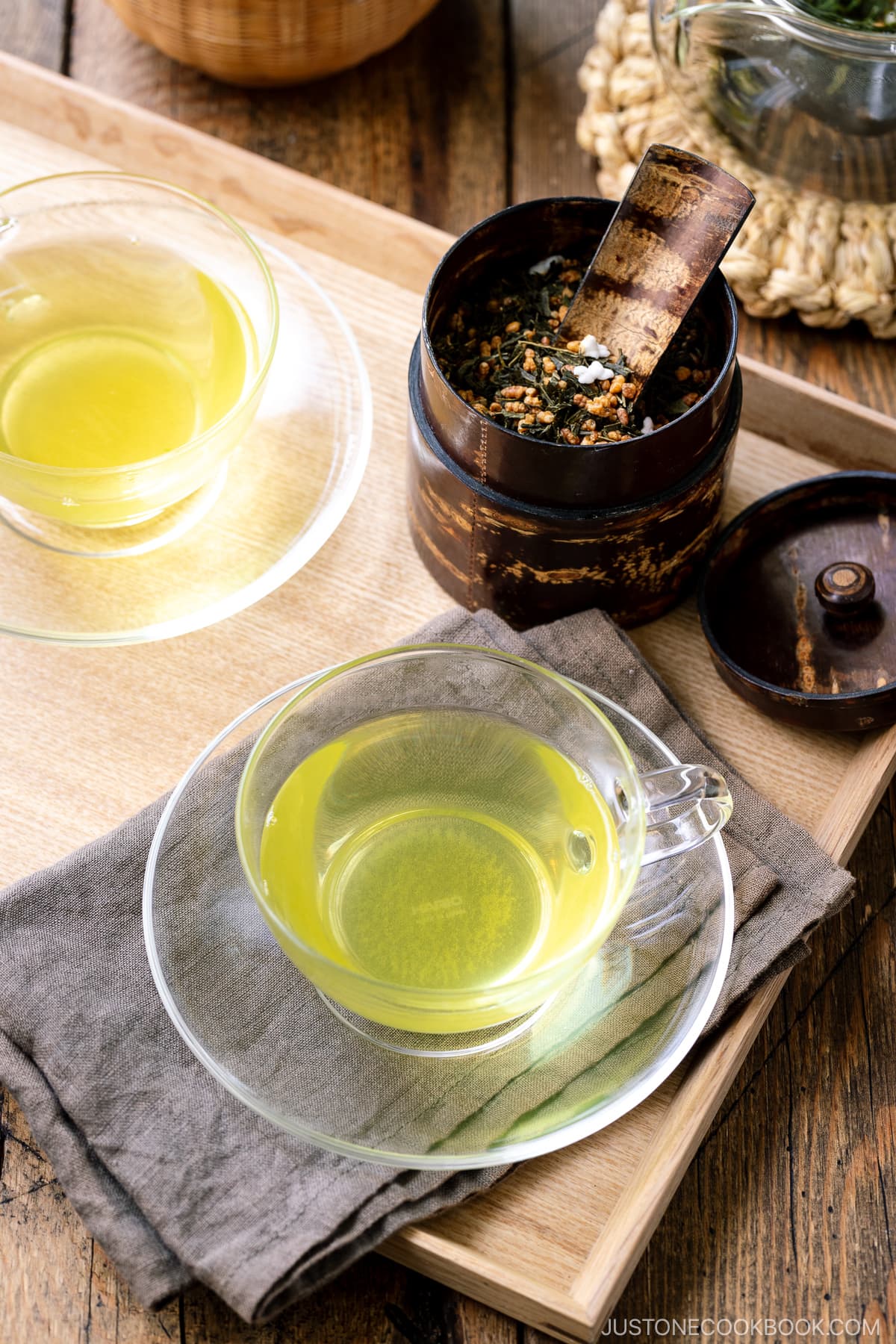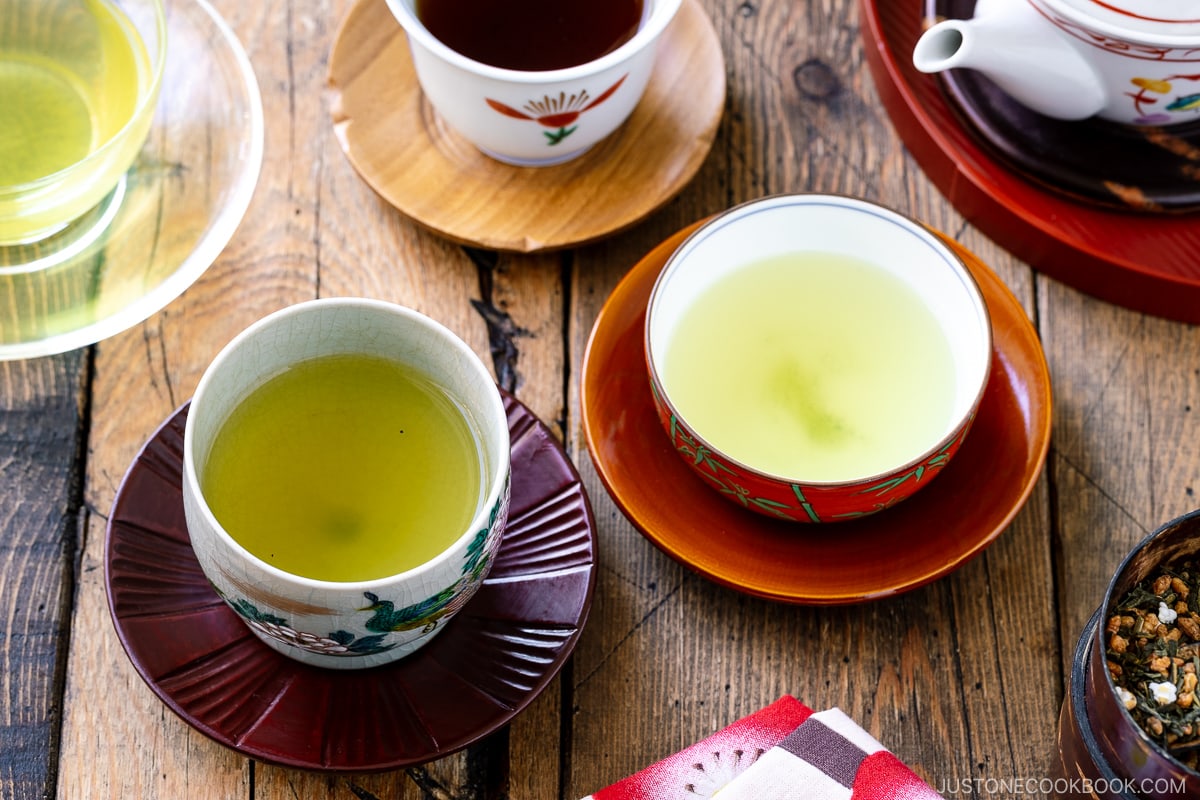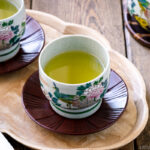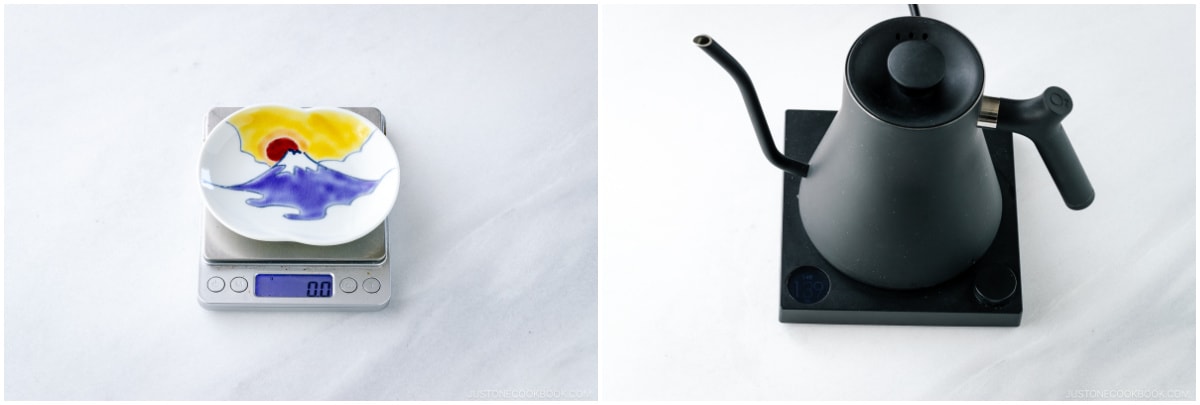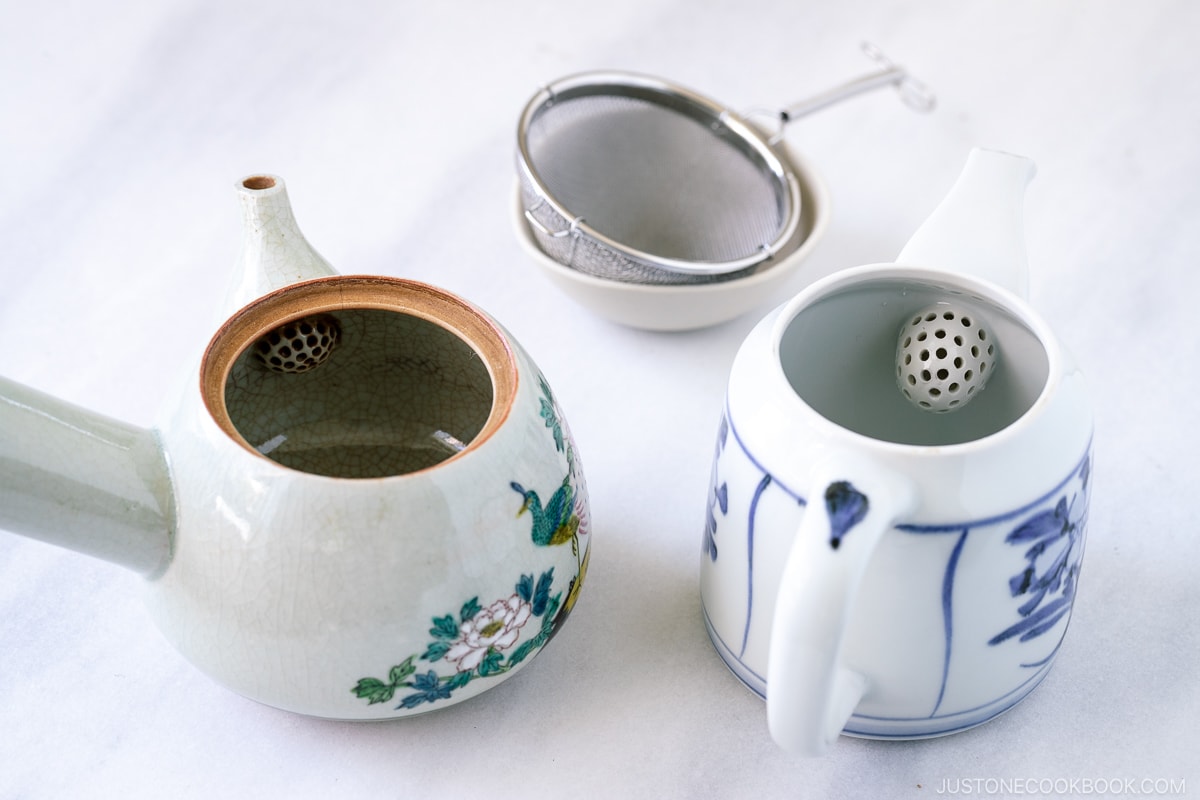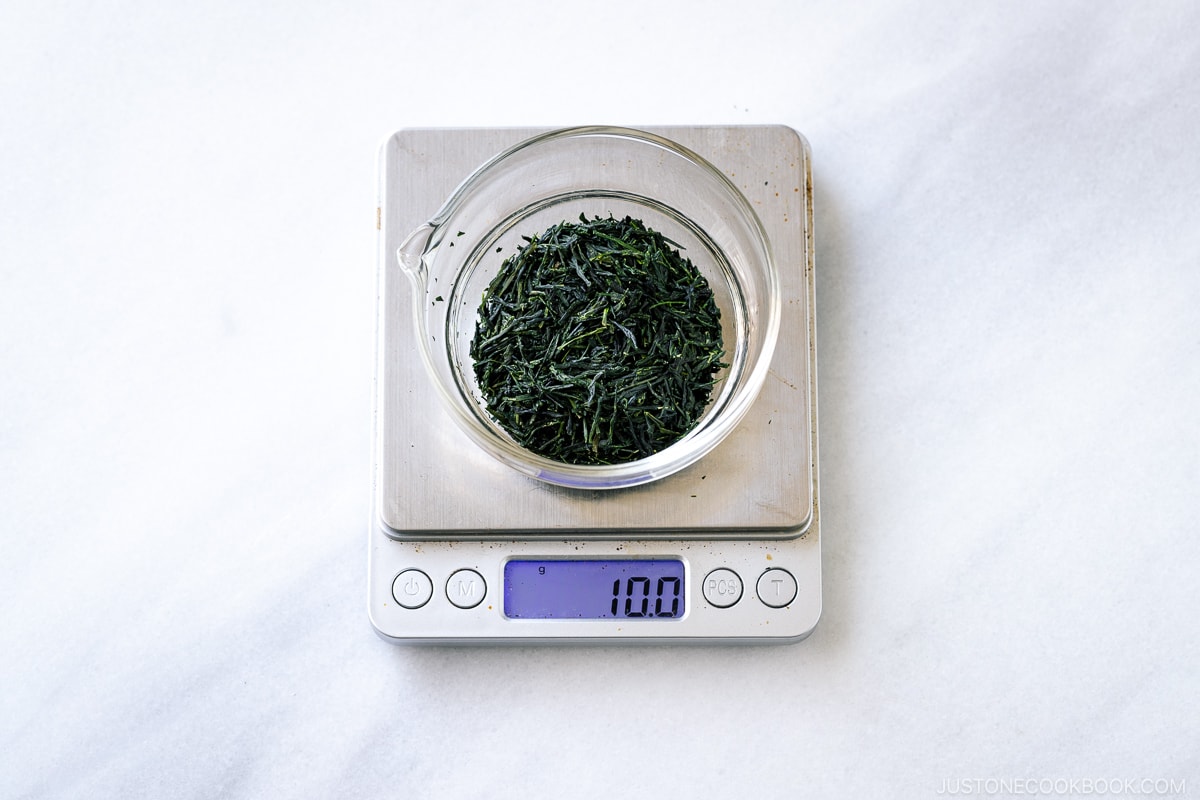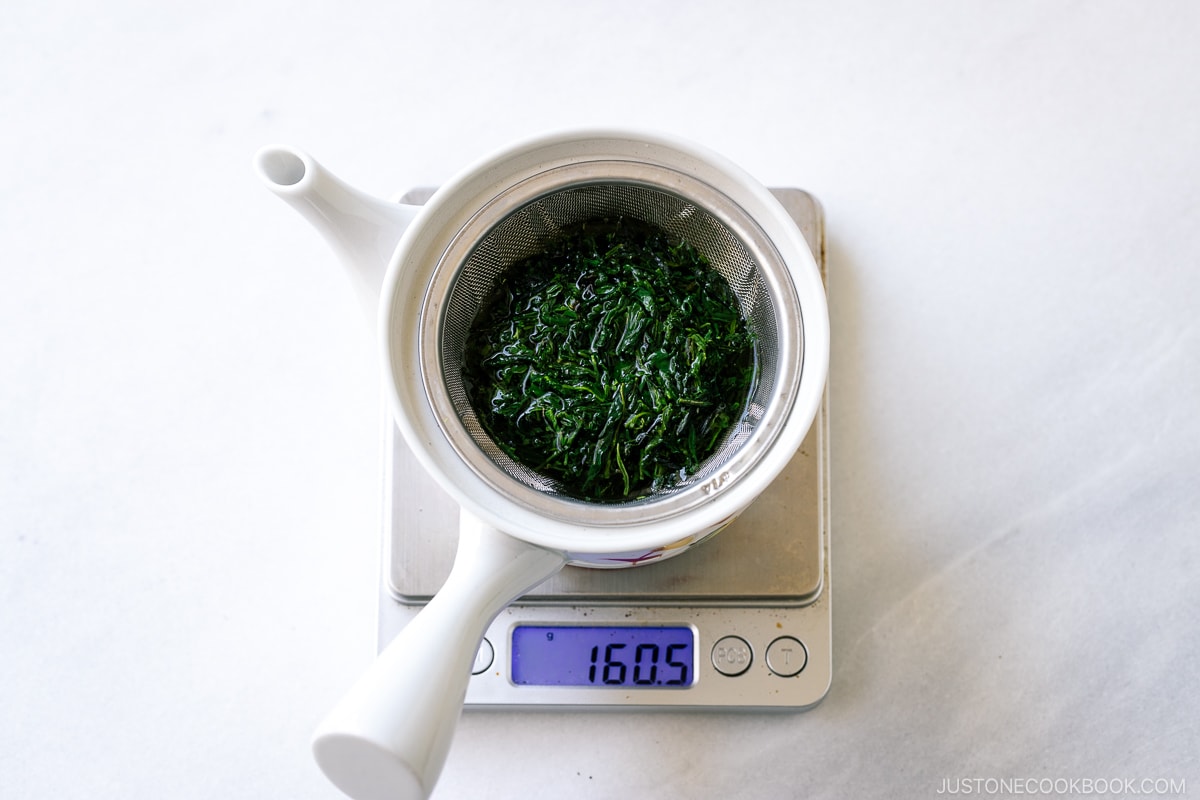Green tea is the beverage of choice enjoyed in Japan for thousands of years. According to the World Green Tea Association, 72.3% of Japanese people drink green tea several times a day and it is especially popular among people older than 50 years old. Recognized for its healing and antioxidant properties, it is no wonder why green tea is so integral to everyday life in Japan. Here, we’ll show you how you can make the perfect cup of green tea at home.
What is Green Tea?
Did you know most tea—regardless of the color or flavor—come from the same plant called Camellia sinensis? Yes, it’s a bit surprising! The leaves are turned into green tea, black tea, or oolong tea by the levels of oxidation process during the processing method. Compared to black teas and oolong, green tea is the least oxidized as the tea leaves are steamed and dried almost immediately after harvesting. The process stops the fermentation and allows it to preserve the chlorophyll and its rich green color. For more information, you can watch how green tea and black tea are processed.
Types of Japanese Green Teas
Japanese green teas come in a great variety and grades, each with its unique characteristics. Here are the common green teas most Japanese drink daily: How about matcha (抹茶)? Many people are familiar with matcha and associate it with Japanese green tea. While matcha is a type of green tea in powdered form, it’s not typical for Japanese to drink matcha (without milk) as a daily drink. To learn more about matcha, read this article and get our Matcha Latte or Iced Matcha Latte recipe.
How to Make Green Tea at Home
It’s really simple to make green tea at home. Unlike matcha (green tea powder) which requires specific bowls and whisks, you can make Japanese green tea with simply good quality water and tea leaves.
- We will not cover non-Japanese green tea such as dragonwell or flavored green tea in this post.
What You’ll Need to Make Green Tea
How To Make Green Tea Taste Good
There are only a few factors that go into making green tea. The water temperature varies depending on the type of green tea leaves you are using. If the temperature is not appropriate, the tea becomes tart and over-extracted. If you add too much water, the tea could become too diluted. To extract the perfect balance of sweetness and astringency for each type of tea, the correct process should be followed.
The Step-By-Step Instructions
Here are our recommended step-by-step instructions for brewing each type of tea. The instructions below are for 2 people: Sencha (Standard Green Tea) – The majority of the teas in Japan are made into sencha. Great-tasting sencha has a perfect balance of aroma, sweetness, earthy flavor, and astringency. Measure 10 g (0.35 oz, roughly 2 Tbsp) of tea leaves, heat water to 80ºC (176ºF), and add 210 ml (7 oz) of hot water. Let steep for 60 seconds and immediately pour out to enjoy. Hojicha (Roasted Green Tea) – This is one of our favorite teas to drink with a meal or with snacks as it happens to be the easiest green tea to brew. Measure 10 g (0.35 oz, roughly 2 Tbsp) of tea and add to a teapot. Boil water and add 240 ml (8 oz) boiling temp water to the teapot to brew for 30-40 seconds. Pour out and enjoy. Genmaicha (Green Tea with Roasted Brown Rice) – Genmaicha tastes very different from hojicha but the way to prepare it is the same. Simply measure 10 g (0.35 oz) of tea leaves and add them to a teapot. Boil water and add 240 ml (8 oz) boiling temp water to the teapot and brew for 30-40 seconds. Gyokuro (Premium Shade-Grown Green Tea) – For the delicate gyokuro, measure 10 g (0.35 oz) of tea leaves and add to a teapot. Heat water to 60ºC (140ºF) and add 160 ml (6 oz) of hot water to the teapot. Brew for 90 seconds and immediately enjoy.
Health Benefits of Green Tea
Green tea contains polyphenols, EGCG, and antioxidants, which help the body fight cancer and prevent cell damage. Other benefits of drinking green tea include increasing metabolism, supporting brain functions, and reducing heart disease. That being said, we’re not promoting drinking green tea all day but consuming it in moderation. Read more about its health benefits here.
Q: What does green tea taste like?
Quality green tea should taste fresh and aromatic, not flat or stale. And depending on the type of green tea, each has its own unique profile. Sencha has an assertive tang and gyokuro is much milder in terms of flavor and astringency. Hojicha is roasted so it’s more aromatic, sweeter, and has very little astringency. Genmaicha has roasted rice so the tea tastes very different from others with a toasty and nutty profile. It has a caramel undertone, a bit sweet, but still has plenty of green tea flavor.
Q: Is there caffeine in green tea?
Yes, gyokuro has the highest amount of caffeine, even more than matcha. Sencha has less caffeine, and hojicha and genmaicha have the least. For nighttime drinking, we would recommend only hojicha and genmaicha.
Q: How many times can I refill the teapot?
You can make tea at least 2-3 times with the same tea leaves.
Q: Do you put sugar in Japanese green tea?
No. We don’t add sugar to green tea, especially if you wish to enjoy the purity and all the goodness it has to offer. High-quality green teas have a natural earthy sweet aftertaste, so it’s important to appreciate their subtleties and the complexity of flavor.
Pro Tips for Making Japanese Green Tea
How to Best Enjoy Japanese Green Tea
You can enjoy green tea as part of your breakfast or along with your afternoon meal. It is especially cleansing after a heavy meal. We also enjoy green tea with Japanese sweets like dorayaki, taiyaki, or dango. Also, read Green Tea: A Century-Old Japanese Drink for Better Health
More Japanese Tea Recipes
How to Make Matcha How to Cold Brew Green Tea How to Cold Brew Hojicha
Wish to learn more about Japanese cooking? Sign up for our free newsletter to receive cooking tips & recipe updates! And stay in touch with me on Facebook, Pinterest, YouTube, and Instagram. Editor’s Note: This post was originally published on April 17, 2023. It’s been republished on September 20, 2023.
